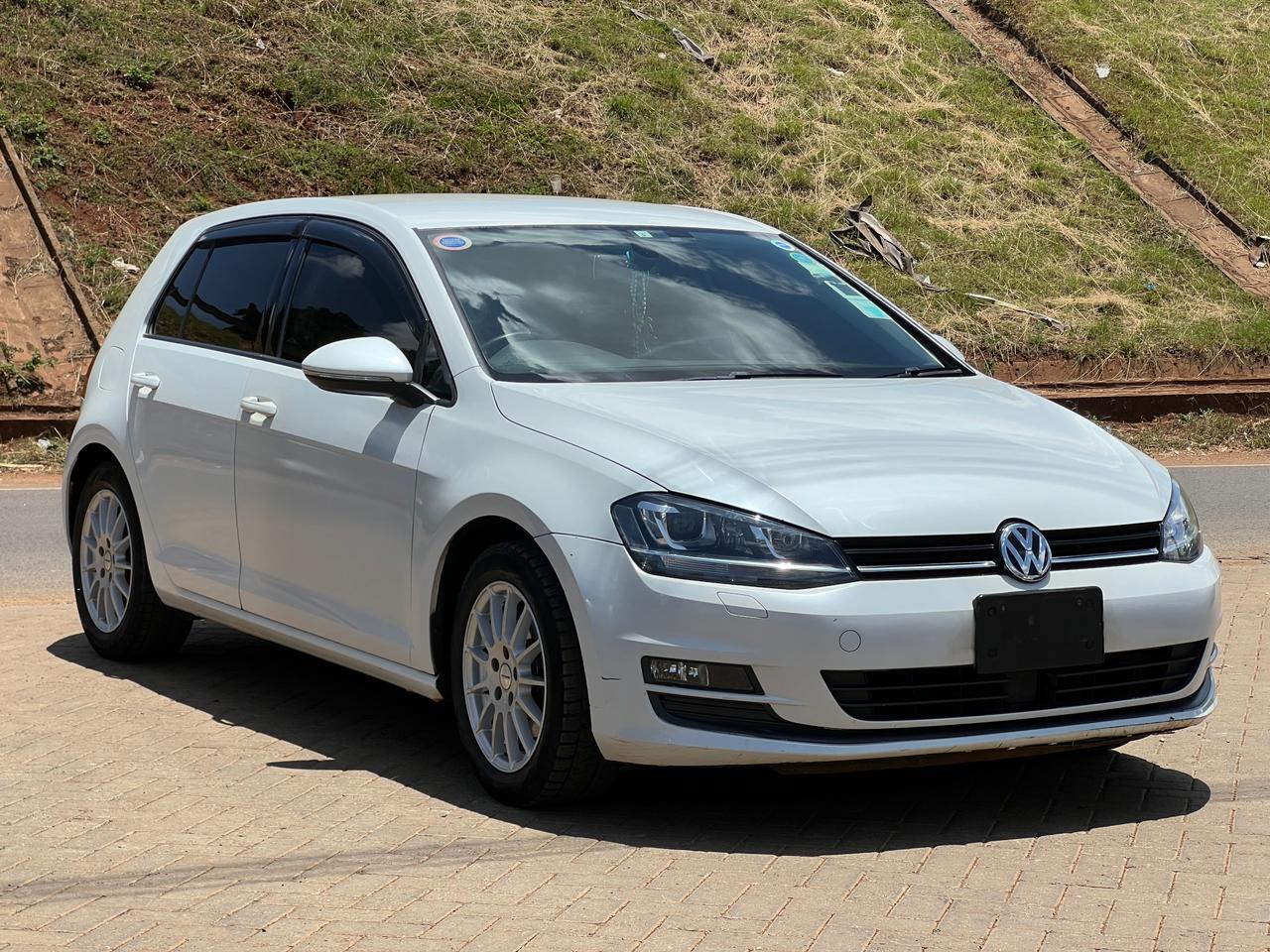How to Import a Car from Japan to Kenya: Step-by-Step Guide (2025)
How to Import a Car from Japan to Kenya: Step-by-Step Guide (2025)
Looking to import a car to Kenya from Japan in 2025? You’re not alone. Japanese cars dominate the Kenyan roads — and for good reason: they're affordable, reliable, and come in a wide variety.
In this Code & Clutch guide, we walk you through the step-by-step process of importing a car from Japan to Kenya, including tips, timelines, and estimated costs.
Why Import from Japan?
✅ Lower Prices: Better value than buying from local dealers
✅ Wide Selection: More models, specs, and condition levels
✅ Better Condition: Japanese cars are usually well-maintained
✅ Auction Access: Choose cars with verified history
Step 1: Choose the Right Car
Before starting, decide:
-
Model: e.g. Toyota Axio, Honda Fit, Subaru Forester
-
Budget: KES 700K – 2.5M (including all charges)
-
Fuel Type: Petrol, Diesel, or Hybrid
-
Purpose: Personal, taxi, family, or business use
Use sites like:
Step 2: Confirm Import Eligibility
✔️ Car Age Limit: Must not be more than 8 years old from the year of registration
✔️ Right-Hand Drive Only
✔️ Roadworthiness: Must pass JEVIC or QISJ inspection
Example: In 2025, only cars registered in 2017 or later are allowed.
Step 3: Select a Trusted Agent or Importer
You can:
-
Import directly from Japan using the website
-
Or use a local clearing agent/importer
Top Kenyan Import Agents:
-
Urban Drive Ltd (Ngong Road)
-
AutoXpress Import Assist
-
MHH International
Look for:
-
Good reviews
-
Transparent charges
-
Physical office in Kenya
Step 4: Pay for the Car
Most Japanese exporters require:
-
50% Deposit to reserve the vehicle
-
Balance paid before shipping or after inspection
💡 Payment Tip: Use bank wire transfers. Always confirm bank details with a call to the company.
Step 5: Shipping to Kenya
-
Timeline: 4 to 8 weeks
-
Port of Arrival: Mombasa
-
Documents You’ll Receive:
-
Original Invoice
-
Bill of Lading
-
Export Certificate
-
Inspection Certificate (JEVIC)
-
Step 6: Clearing at the Port
Hire a clearing agent in Mombasa to help with:
-
IDF Application (Import Declaration Form)
-
Payment of Duties and Taxes:
-
Import Duty: 25%
-
Excise Duty: 20%
-
VAT: 16%
-
Railway Development Levy: 1.5%
-
Use the KRA Online Calculator to estimate duties.
Step 7: Logbook and Registration
Once duties are cleared:
-
You’ll receive your Kenyan registration number
-
NTSA will issue the logbook in your name
⏳ Total Time from Purchase to Registration: 5–10 weeks
Estimated Total Cost (Example for 2017 Toyota Axio)
| Expense | Amount (KES) |
|---|---|
| Car Purchase (CIF) | 750,000 |
| Import Duty & Taxes | 320,000 |
| Clearing Agent & Port Fees | 30,000 |
| NTSA Fees (Inspection, Reg.) | 10,000 |
| Total | 1.1M Approx. |
💡 Pro Tip: Always budget 100K more for unexpected charges or exchange rate fluctuations.
Tips for Safe and Smart Importing
-
✅ Use only verified platforms and agents
-
✅ Ask for auction sheet with vehicle grade (for condition)
-
✅ Avoid deals that seem too cheap
-
✅ Confirm car has not been modified (to avoid rejection)
-
✅ Join import forums and Facebook groups for advice
Should You Use an Importer or Do It Yourself?
Self-importing:
-
More control, cheaper — but more effort and risk
Using an agent:
-
Pay a service fee (KES 20K–50K)
-
Less stress and paperwork
-
Ideal for first-time importers
Final Thoughts
Importing a car from Japan to Kenya in 2025 is easier and safer than ever — if done right. Whether you want a fuel-saver like the Vitz, a hybrid Noah, or a rugged SUV, Japan has it all.
Just follow the steps, use trusted partners, and budget wisely.
At Code & Clutch, we help you compare import deals, choose the right car, and even connect you with verified agents.
📧 Have import questions? Contact us:
connectkenyacars@gmail.com
📱 WhatsApp: 0717 423 659
🌍 Facebook: Connect Kenya Cars





Comments